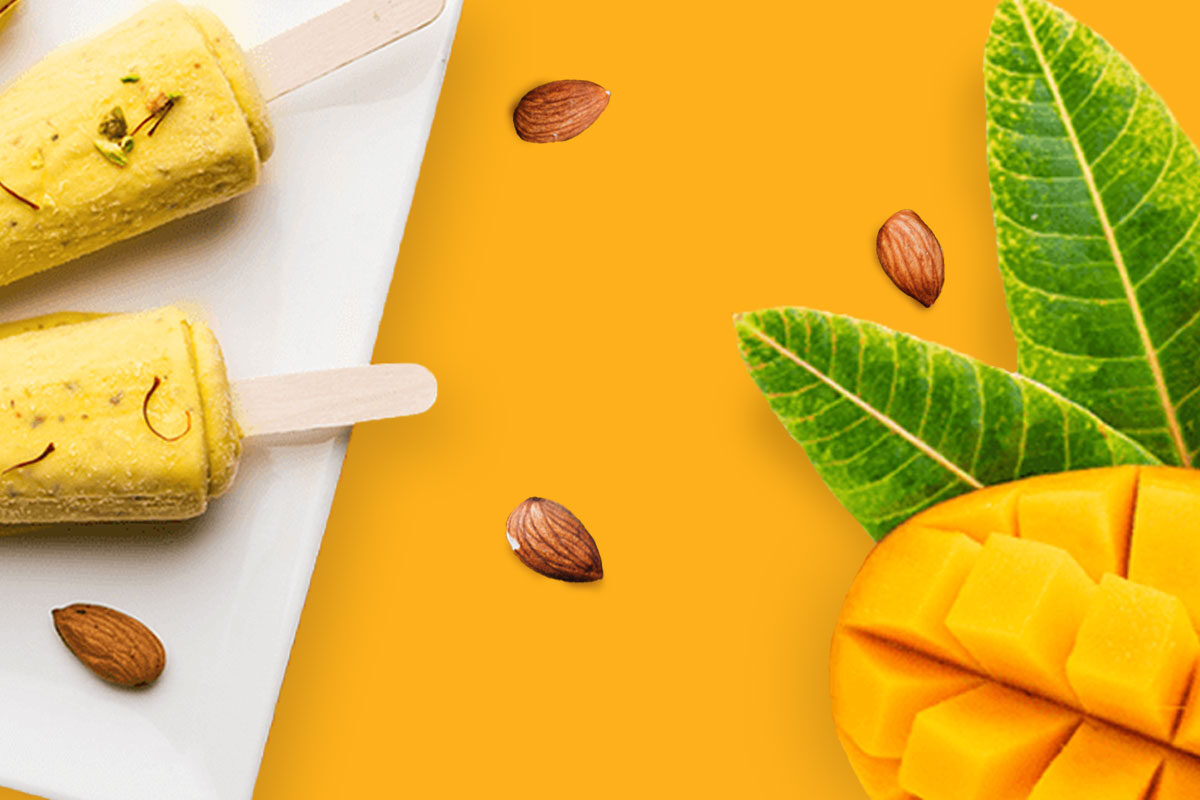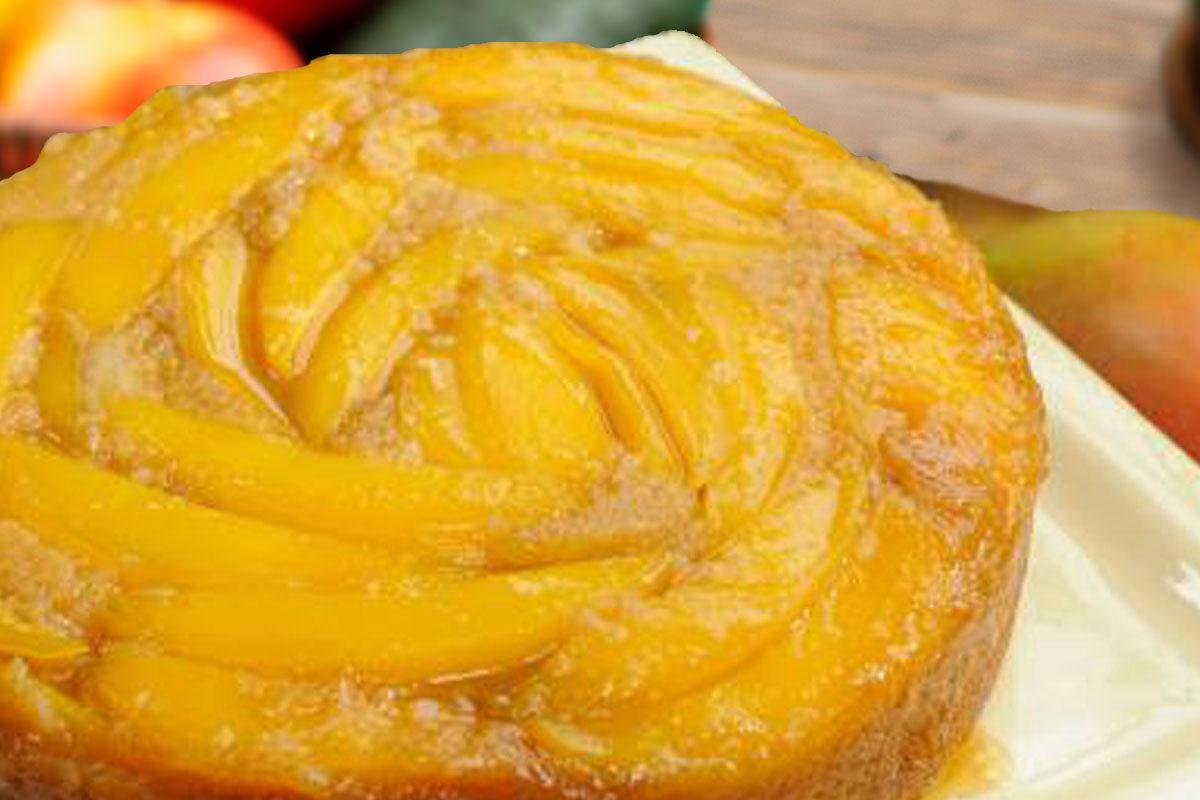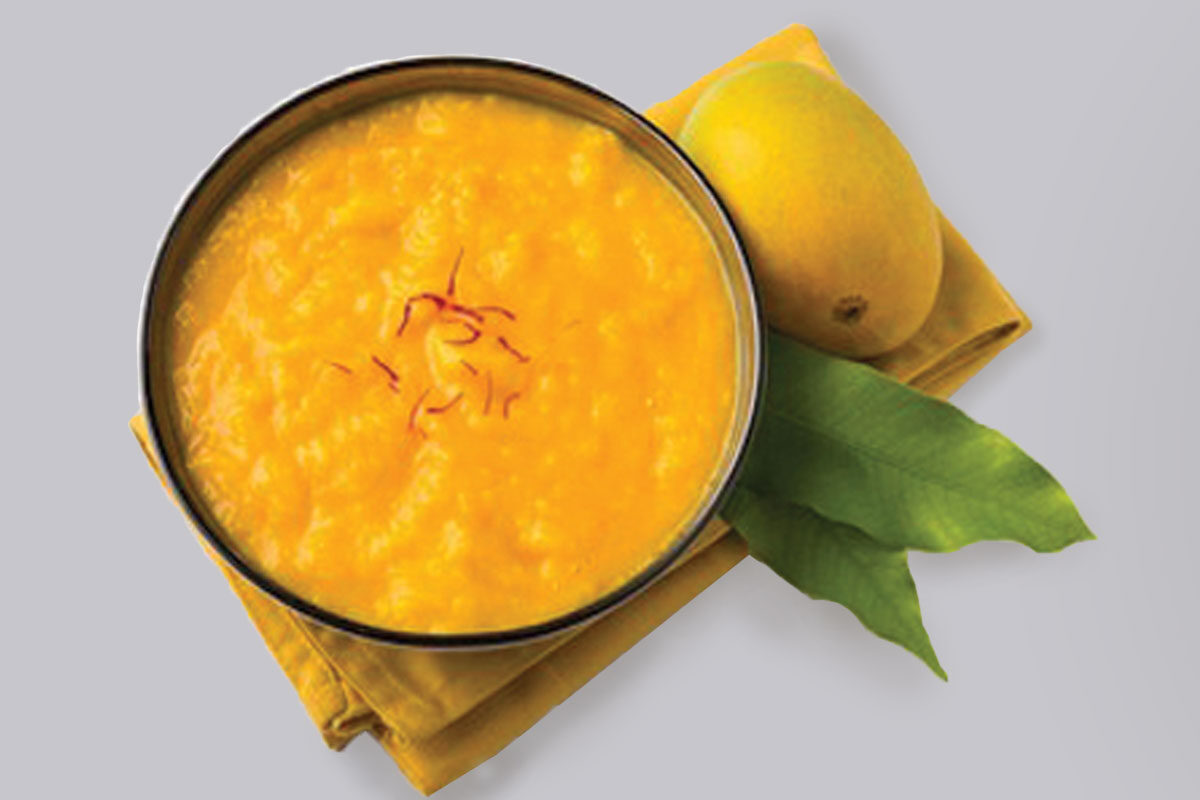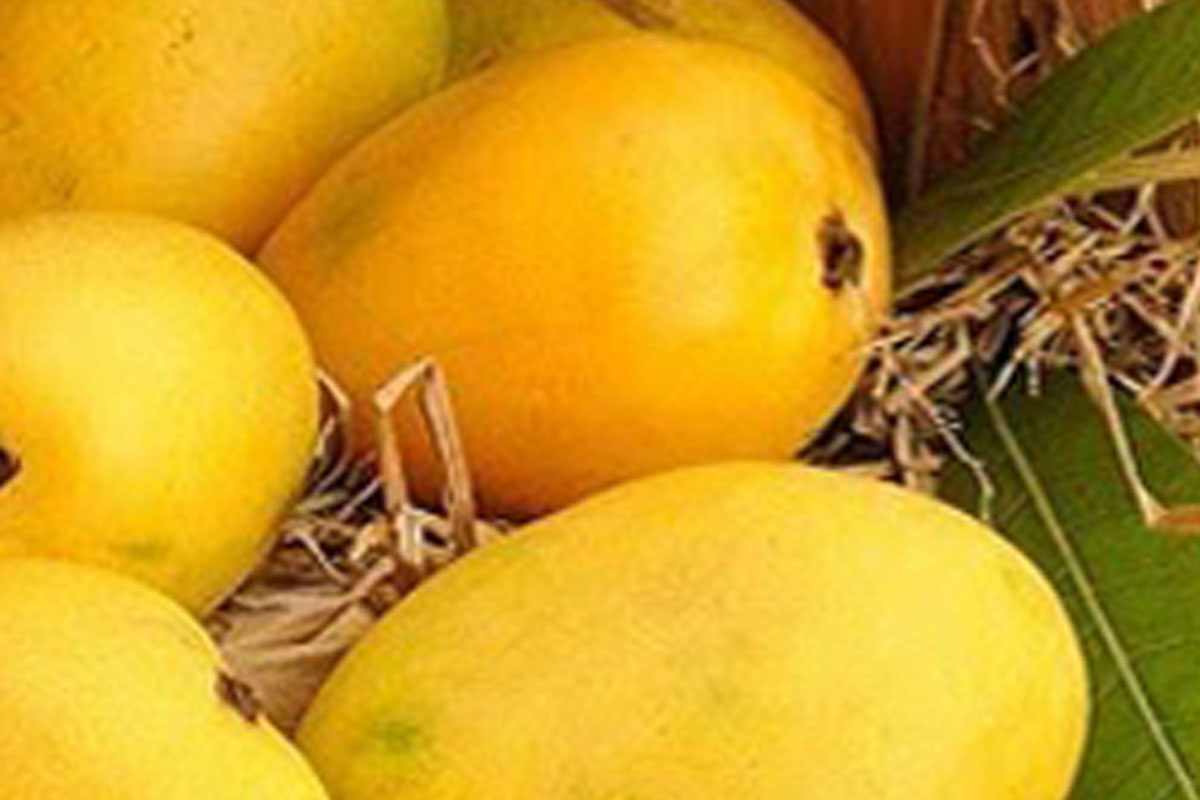History: ‘The King of the Fruit – Mango’
How did the Mango name derived from?
Here it is!
History yields some very interesting facts about this celebrated fruit. The mango has been known to Indians since very early times. Scientific fossil evidence indicates that the mango made its first appearance even earlier – 25 to 30 million years ago in Northeast India, Myanmar and Bangladesh, from where it travelled down to southern India.
The earliest name given to the mango was Amra-Phal. It is also referred to in early Vedic literature as Rasala and Sahakara, and is written about in the Brihadaranyaka Upanishad and the Puranas, which condemn the felling of mango trees. On reaching South India, the name translated to Aam-Kaay in Tamil, which gradually became Maamkaay due to differences in pronunciation. The Malayali people further changed this to Maanga. The Portuguese were fascinated by the fruit on their arrival in Kerala and introduced it to the world as Mango.
Asia’s gift to the world
If someone were to ask you about India or Asia’s great achievements, you can confidently say, Mango! Yes, the mango, in its original wild form, came from the forest of Assam in north-east India and Myanmar (Burma). Genetic analysis and comparison of modern mangoes with Paleocene mango leaf fossils found near Damalgiri, Meghalaya indicate that the center of origin of the mango genus was in Indian subcontinent prior to joining of the Indian and Asian continental plates, some 60 million years ago. Mangoes were cultivated in India possibly as early as 2000 BCE. Mango was brought to East Asia around 400–500 BCE, was available by the 14th century on the Swahili Coast, and was brought in the 15th century to the Philippines, and in the 16th century to Brazil by Portuguese explorers.
Cultural Significance
The mango is the national fruit of India. It is also the national tree of Bangladesh. In India, harvest and sale of mangoes is during March–May and this is annually covered by news agencies.
The Jain goddess Ambika is traditionally represented as sitting under a mango tree. Mango blossoms are also used in the worship of the goddess Saraswati. Mango leaves are used to decorate archways and doors in Indian houses and during weddings and celebrations such as Ganesh Chaturthi. Mango motifs and paisleys are widely used in different Indian embroidery styles, and are found in Kashmiri shawls, Kanchipuram and silk sarees. In Tamil Nadu, the mango is referred to as one of the three royal fruits, along with banana and jackfruit, for their sweetness and flavor. This triad of fruits is referred to as ma-pala-vazhai. The classical Sanskrit poet Kālidāsa sang the praises of mangoes.
With mango festivals being celebrated in Ahmedabad, Lucknow, Allahabad, Delhi, and Goa, mangoes in India have become a symbol of summer and are no less than a cultural legacy. Noted mango cultivator Haji Kalimullah has even named a new variety, a cross-breed of Kolkata’s Husn-e-Aara and Lucknow’s Dussehri, as the “Modi Mango” !
Mangoes were popularized in China during the Cultural Revolution as symbols of Chairman Mao Zedong’s love for the people.
Mangoes Production in India
India is the world’s largest producer of mangoes. It has been estimated that there are over 1000 commercial varieties in India, where mangos are often called the “king of fruits”.
Mango is commercially cultivated in Andhra Pradesh, West Bengal, Karnataka, Kerala, Bihar, Uttar Pradesh, UttaraKhand, Punjab and Haryana, Maharashtra and Gujarat. Mango cultivated over an area of 2309 thousand hectares with an annual production of 12750 thousand metric tons. India produces quality mangoes; Alphonso is highly liked by the western countries.
In Punjab, mango is being cultivated in the whole of the sub-moutane belt comprising Gurdaspur, Hoshiarpur Roop Nagar, Fatehgarh Sahib, Mohali and Patiala districts. Now it’s cultivation has spread to arid canal irrigated areas of northern India.
Varieties of Mangoes
1. Alphonso:
Most important cultivar of mango having export potential. It is performing well in the Ratnagiri area of Maharashtra, and to a small extent in Gujarat and Karnataka. It has been recommended for North India too Alphonso is known by different names in different areas as Kagji, Badami, Aphur and Hapur etc.
Tree is medium, upright and spreading. Fruit is of medium in size (250 g.). It has thin skin with attractive blush on yellow ground. Flesh is firm and of excellent quality. It has a good TSS: acid ratio. In North India fruit ripens in mid July. TSS ranges between 19-21%. The cultivar is prone to spongy tissue.
2. Amrapali:
It is a cross between Dusehari X Neelum and has been released by lARI, New Delhi. It is a dwarf and regular bearing cultivar suited for close planting. It is being popularised for its high orchard efficiency. The fruit size is a little smaller than Dusehari, but ripens later than Dusehari. Under Punjab conditions it ripen in August Fruit has good keeping quality and fruit flavour. The TSS ranges between 18-20%.
3. Banglora (Totapuri):
It is the commercial cultivar of the South. It is a regular and heavy bearing cultivar. Fruit is oblong, large and necked at the base, with a prominent beak. Skin thick, golden in colour, flesh firm and flat in taste, Stone is oblong and hairy: TSS varies between 15-16%.
4. Banganpali (Safeda):
It is a commercial cultivar of the south particularly Andhra Pradesh. Fruits command premium price in North Indian markets due to its earliest. Fruits remain in the market from March and to July. Trees are medium in vigour, spreading with rounded tops. Fruit size medium to large (300-450g.), beakless. Skin thin and smooth, yellow in colour, flesh firm and fibreless, good quality fruit. Stones have few hairs all over. Keeping quality is good. TSS varies between 17-18%. Under Punjab conditions fruits ripen in July.
5. Bombay Green (Malda):
It is a very popular cultivar of Ganga-Jamuna plains. In Punjab it is commonly known as Malda. It is heavy bearer with medium-sized fruits of light green colour. Trees are medium to large, spreading and moderately vigorous. Fruits are beakless with round spex. Skin is medium thick flesh soft, fibreless, yellowish with TSS of 17-18%. Stone is densely covered with small hairs. Fruits ripen from May-July. In Maharashtra it ripens in May and in North India it ripens in July.
6. Dusehari (Dashehari):
One of the most popular cultivars of North India, with excellent quality and size of fruit. It is being cultivated in south India also. Trees are moderately vigorous, spreading with rounded tops. Fruit is oblong with a round base. Shoulders are equal and fruit is beakless. Skin is medium thick smooth, yellow, flesh firm, fibreless pleasant flavour. Taste is very sweet. Stone is medium covered with fine fibre. It is a regular bearer. Fruit ripens from June-July. TSS 19-20 percent.
7. Fazli:
This cultivar originated in Bhagalpur area of Bihar. It spread to North and West Bengal due to its well-sized fruits. Tree is vigorous and spreading. Large-sized fruits with stone heaving little fibre. The fruits remain light green even at ripening. TSS is 17-18 percent. In Punjab fruits ripen in August. In Bihar it ripens in July.
8. Langra:
Very important cultivar of North India after Dusehari. It originated as a chance seedling in Banaras. Tree is very vigorous and spreading. Its alternate bearer requires more planting distance due to its vigour. Heavy yielder. Fruit size is medium, light green at maturity. Very strong and pleasant flavour. Stone has fine fibre all over. In Punjab it ripens at the end July. TSS 19- 20 percent.
9. Rampur Gola:
This cultivar originated in Rampur (U.P.). Trees are vigorous like Langra. The leaves are narrower than Langra. It is somewhat tolerant to frost, hence suited to Punjab conditions. Fruits can be used for pickle purposes also. Fruits are round in shape, remaining light green at maturity. Skin is medium thick, flesh whitish yellow and firm. Stone small in size. Taste is good. Ripens in August. TSS of pulp 18 percent.
10. Samar Bahist Chausa (Chausa):
This is one of the best late ripening cultivars of North India. It originated as a chance seedling in Malihabad (U.P.). Tree is vigorous and spreading. It is also an irregular bearer. Fruits are of medium size with equal shoulders, skin medium thick, flesh firm and fibreless. Quality of fruit is very good. It ripens from July to end August. TSS of pulp 19-20 percent.
Traits of Mangoes
Mango trees are deep-rooted, symmetrical evergreens that attain heights of 90 feet and widths of 80 feet. Mango trees have simple alternate lanceolate leaf that are 12 to 16 inches in length and yellow-green, purple, or copper in color when young. Mature leaves are leathery, glossy, and deep green in color. New leaves arise in terminal growth flushes that occur several times a year. Mature terminal branches bear pyramidal flower panicles that have several hundred white flowers that are about a 1/4 inch wide when open. Most of the flowers function as males by providing pollen, but some are bisexual and set fruit. Pollination is by flies, wasps, and bees. The fruit weighs about 1/4 pound to 3 pounds. Fruit may be round, ovate, or obviate depending on the variety. The immature fruit has green skin that gradually turns yellow, orange, purple, red, or combinations of these colors as the fruit matures. Mature fruit has a characteristic fragrance and a smooth, thin, tough skin. The flesh of ripe mangos is pale yellow to orange. The flesh is juicy, sweet, and sometimes fibrous. Some undesirable seedlings or varieties are described as possessing a turpentine-like off-taste. The fruit has one seed that is flattened and sticks to the flesh. The seed contains one or more embryos depending on the variety or type.
Health benefits of Mangoes
● A mango serving size is equivalent to 3/4 cup of sliced mangos and is just 70 calories, so it’s a satisfyingly sweet treat.
● There are 202 calories in 1 whole mango (without refuse and 336g).
● Each serving of mango is fat free, sodium free and cholesterol free.
● Mangos contain over 20 different vitamins and minerals, helping to make them a superfood.
● 3/4 cup of mango provides 50% of your daily vitamin C, 8% of your daily Vitamin A and 8% of your daily vitamin B6. These nutrients in mango may help support your body’s immune system.
● One serving (3/4 cup) of mango contains 7% of your daily fiber. It’s a delicious and fun way to get some fiber in your diet.
● a 3/4 cup of mango is also a good source of folate, making up 15% of your daily requirement and also of copper, making up 15% of your daily needs.
● There are 19g of carbohydrates in a 3/4 cup serving of mango, making up 7% of your daily value. Give your body a delicious and super fun super fruit!
Mangoes Dessert Recipes.
● Mango kulfi – a delicious kulfi made from milk and mango puree. You can make this kulfi with either dairy milk or with almond milk for a vegan version.
● Mango kesari – smooth, silky and a really good recipe of mango kesari. Kesari is the South Indian version of Sooji halwa. There are many variations of kesari made and this mango kesari is one of them.
● Aamras recipe – easy to prepare and a traditional sweet served with pooris. Aam means mango and Ras means juice. So literally the word aamras means mango juice. Mostly, the alphonso variety of mango is used for making aam ras. Though you can also make it with any sweet juicy mangoes.
● Mango ice cream – creamy & soft no cook mango ice cream made without an ice cream maker. This is a 3 ingredient mango ice cream made with mangoes, fresh cream and sugar/honey. Yes vanilla is also added, which makes it the fourth ingredient. But it’s entirely optional and you can simply skip it.
● Mango shrikhand – It is a very common yogurt based sweet dish made with ripe mangoes. No artificial color or flavorings have been used in this shrikhand recipe.
Mango cake – easy and tasty egg free mango cake recipe made with whole wheat flour, fresh mangoes, butter and condensed milk.
Mango falooda – quick, easy and delicious mango falooda recipe made with fresh mango puree, chopped mangoes and mango ice cream. This mango falooda is kind of death by mangoes as one of my friends pointed out, or you can also say mango heaven. A must try recipe for mango lovers.
Mango lassi – thick, smooth and delicious mango lassi recipe. I make this mango lassi and Sweet Punjabi lassi often to beat the heat during summers in India.
Mango iced tea – a refreshing summer tea with flavors of mangoes and tea. If you like mangoes and tea then do make this awesome combination of iced tea. You will love it. Make a large jar and keep in the fridge and have the iced tea when you want to sip something cool.
Mango salsa – spicy, sweet, healthy and tangy mango salsa made with ripe mangoes, red bell pepper, onions and spices. The taste and flavor of this Mexican inspired mango salsa is similar to our very own Indian chaat dishes.
“Why Order Mango Online”
We are a family of mango experts and will serve high quality mangoes to our customers with true value.
● Fresh and Juicy
● Quality over Quantity
● Safety packaging method
● Price efficiency
● Bulk Order
● Easy return policy
To be the number one Mango seller in India by selling premium quality, juicy, and farm fresh mangoes and touching people’s hearts by delivering excellent customer service and executing business in an ethical manner. We intend to change the experience of Mango Lovers with farm fresh and best varieties of mangoes. We aspire to connect with small vendors so they can get their well-deserved cash and end of broker framework.




